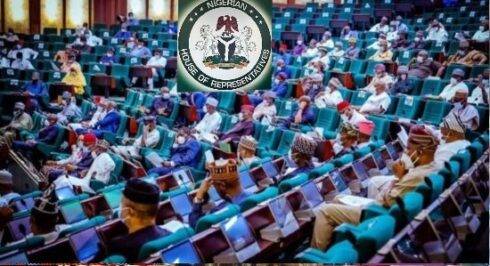The House of Representatives Committee on Constitution Review has proposed the creation of 31 new states, a move that would significantly reshape Nigeria’s political and administrative landscape. The proposal, read during Thursday’s plenary session by Deputy Speaker Benjamin Kalu, aims to expand the current 36 states to an unprecedented 67 sub-national governments.
According to the committee, the initiative aligns with constitutional provisions for state creation, which require a rigorous approval process. The suggested new states include Okun, Okura, Confluence, Benue Ala, Apa, FCT State, Amana, Katagum, Savannah, Muri, New Kaduna, Gujarat, Tiga, Ari, Kainji, Etiti, Orashi, Adada, Orlu, and Aba, among others. While proponents argue that this move will enhance governance and decentralization, critics believe it will deepen existing divides and strain national resources.
The Regional Divide: A Controversial Allocation
The distribution of the proposed states has sparked heated debates across political and ethnic lines. The North Central region is set to receive six new states, the North East four, the North West five, the South East five, the South-South four, and the South West seven. However, questions have arisen regarding the fairness of the allocation, particularly in the South East.
Despite being historically marginalized in state creation exercises, the South East is only allotted four new states, raising concerns about the rationale behind the numbers. Critics argue that the proposal appears biased, especially considering that the entire region is still smaller than some individual states like Oyo. This perceived imbalance has led to growing skepticism about the true motives behind the restructuring.
Legislative Hurdles: Can the Proposal Scale Through?
For the proposal to become a reality, it must undergo a stringent legislative process. According to the Constitution, any act for state creation requires the approval of at least a two-thirds majority in the National Assembly. Furthermore, the House of Representatives, State Houses of Assembly, and Local Government Councils within the affected areas must also give their consent.
The committee emphasized that all proposals must adhere strictly to the legal stipulations. Petitions and memoranda supporting new states must be submitted both in hard copies to the committee’s secretariat and electronically via the provided email address. With such complex bureaucratic steps, the likelihood of the proposal passing in its entirety remains uncertain.
Economic and Political Implications
Beyond the legal challenges, the economic and political implications of creating 31 new states cannot be ignored. Financially, running additional state governments would demand substantial resources, raising concerns about sustainability. Nigeria already struggles with economic instability, and adding more states could further stretch the national budget, increasing governance costs without necessarily improving efficiency.
Politically, the move could intensify regional tensions. State creation has historically been a contentious issue, often fueling ethnic and sectional agitations. If the proposal is perceived as favoring certain regions over others, it could lead to fresh unrest and deepen existing divides.
The Way Forward: Is There a Middle Ground?
While the proposal has its supporters and detractors, finding a middle ground is essential for national cohesion. A more equitable and transparent approach to state creation—one based on clear economic and social justifications rather than political expediency—could help ease tensions. Additionally, rather than creating entirely new states, strengthening existing ones through better governance and resource management might be a more viable alternative.
Ultimately, the fate of the 31-state proposal lies in the hands of the lawmakers and the people they represent. Whether it marks a progressive step forward or an administrative nightmare remains to be seen, but one thing is certain: Nigeria’s political landscape is on the brink of a potentially historic shift.
Table of Contents
Discover more from OGM News NG
Subscribe to get the latest posts sent to your email.














